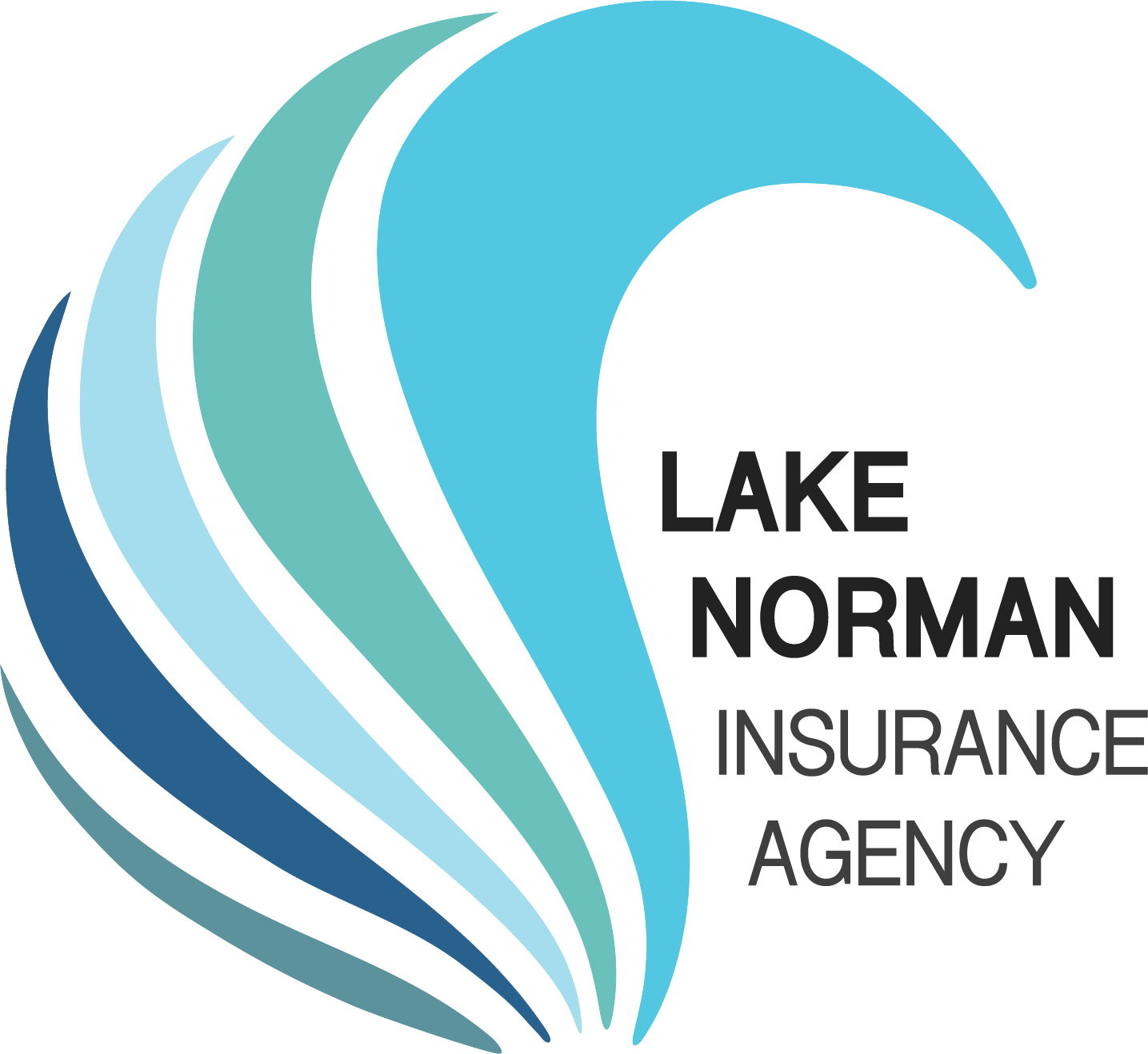
Life Insurance
Life Insurance Information
There are many kinds of life insurance, but they generally fall into two categories: term insurance and permanent insurance.
Term insurance is designed to meet temporary needs. It provides protection for a specific period of time (the "term") and generally pays a benefit only if you die during the term. This type of insurance often makes sense when you have a need for coverage that will disappear at a specific point in time. For instance, you may decide that you only need coverage until your children graduate from college or a particular debt is paid off, such as your mortgage.
In contrast, permanent insurance provides lifelong protection. As long as you pay the premiums, and no loans, withdrawals or surrenders are taken, the full face amount will be paid. Because it is designed to last a lifetime, permanent life insurance accumulates cash value and is priced for you to keep over a long period of time.
It's impossible to say which type of life insurance is better because the kind of coverage that's right for you depends on your unique circumstances and financial goals.
But remember, the best way to figure out the amount and type of life insurance that makes sense for your particular situation is to meet with a qualified and licensed life insurance professional.
Term Life - Generally consist of 10-, 15-, 20- or 30-year products plan to protect individuals and their beneficiaries for a limited specific duration of time. There are various riders often added to these types of products based on individual’s specific needs including but not limited to;
Accidental Death Rider.
Waiver of Premium Rider.
Family Income Benefit Rider.
Accelerated Death Benefit Rider.
Child Term Rider.
Long-Term Care Rider.
Return of Premium Rider.
Guaranteed Insurability Rider.
Whole Life - whole life is a type of life insurance contract that provides insurance coverage of the contract holder for his or her entire life. Upon the inevitable death of the contract holder, the insurance payout is made to the contract’s beneficiaries. These policies also include a savings component, which accumulates a cash value. This cash value is one of the key elements of whole life insurance. Key advantages include but not limited to: Tax Advantages, Dividends, Borrowing Against Your Policy and Permanency
Universal Life - Life insurance which combines the low-cost protection of term insurance with a savings component that is invested in a tax-deferred account, the cash value of which may be available for a loan to the policyholder.
